English Ivy (Hedera helix) is one of the most popular houseplants, loved for its trailing vines and lush green foliage. Whether you're growing it in a hanging basket, a pot, or as ground cover, bushier English Ivy creates a fuller and more attractive look. But if your ivy is looking leggy or sparse, don’t worry—there are proven ways to encourage thicker, bushier growth.
In this guide, we’ll explore simple growth hacks to help your English Ivy flourish. These tips are suitable for both beginners and experienced plant lovers.
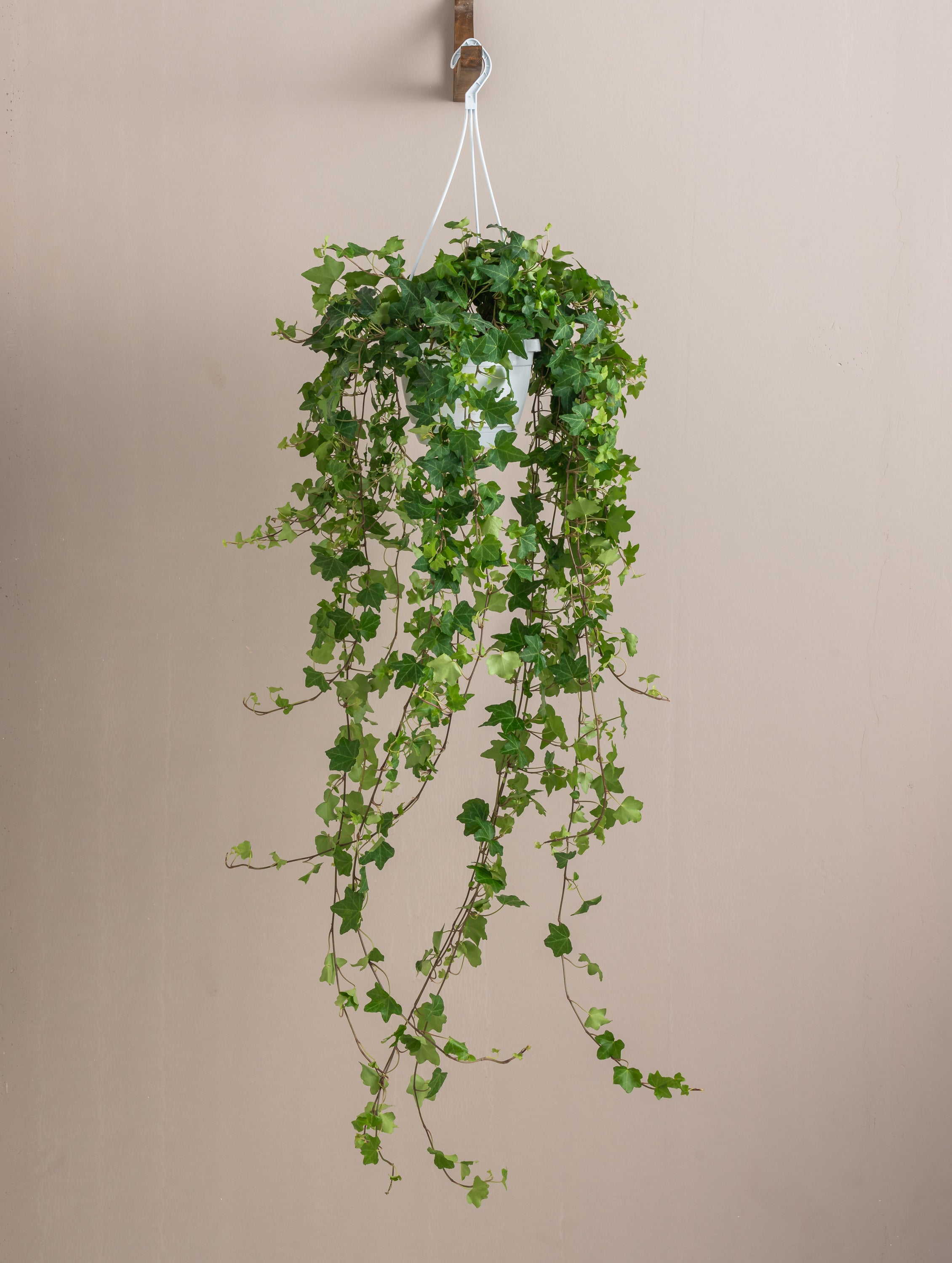
1. Regular Pruning: The #1 Trick for Bushier Growth
One of the most effective ways to make English Ivy bushier is consistent pruning.
Why pruning works:
Pruning stimulates the plant to produce new shoots from the nodes, which leads to a denser and more compact appearance. Without pruning, English Ivy tends to grow long vines with fewer leaves.
How to prune:
- Use clean, sharp scissors or pruning shears.
- Cut just above a leaf node (where a leaf attaches to the stem).
- Focus on trimming overly long or leggy vines.
- Don’t remove more than one-third of the plant at once.
Pro Tip: Prune during the active growing season (spring and summer) for best results.
2. Pinching the Tips
Another hack to promote bushiness is pinching off the growing tips of the ivy vines.
What is tip pinching?
It involves removing just the tip (the new leaf bud) of a vine with your fingers or snips. This stops upward growth and redirects the plant's energy into lateral (sideways) growth.
When to pinch:
- Once vines are about 6–8 inches long.
- Repeat every few weeks to maintain a fuller shape.
This method is quick, easy, and encourages more branches to sprout from each vine.
3. Provide Bright, Indirect Light
Light quality plays a major role in how lush your English Ivy becomes.
Ideal lighting conditions:
- Bright, indirect sunlight is best.
- Too little light causes sparse, leggy growth.
- Avoid direct sun, especially in hot climates—it can scorch the leaves.
If growing indoors, place your ivy near a north- or east-facing window, or use a grow light if natural light is limited.
4. Feed with the Right Fertilizer
Healthy, bushy ivy requires adequate nutrition.
Use a balanced liquid fertilizer:
- Choose one with equal parts nitrogen (N), phosphorus (P), and potassium (K), like a 10-10-10 or 20-20-20 formula.
- Apply every 4–6 weeks during spring and summer.
- Skip fertilizing in winter when the plant’s growth slows down.
Over-fertilizing can do more harm than good, so always follow label instructions.

5. Repot When Root Bound
English Ivy grows bushier when it has room for its roots to expand. If the plant is root bound, growth slows and the foliage becomes sparse.
How to check:
- Roots are coming out of the drainage holes.
- Water runs through the pot too quickly.
- The plant dries out faster than usual.
How to repot:
- Choose a pot that’s 1–2 inches larger in diameter.
- Use a well-draining potting mix.
- Water thoroughly after repotting and wait a week before fertilizing again.
6. Keep the Humidity Up
Though tolerant of various conditions, English Ivy thrives in moderate humidity. Dry air can slow growth and cause leaf browning, especially in indoor settings.
Increase humidity with:
- A pebble tray filled with water beneath the pot.
- Grouping it with other plants.
- Using a room humidifier.
Maintaining 40–50% humidity can significantly improve the plant’s health and fullness.
7. Rotate the Pot Weekly
If your ivy grows toward a single light source, it may look unbalanced or lopsided.
Solution:
Rotate the pot 90° once a week. This ensures even light distribution and symmetrical growth, making the plant appear fuller from all sides.
8. Train the Vines for Shape
Training ivy vines around a frame, trellis, or moss pole encourages structured and compact growth.
Benefits of training:
- Helps redirect energy into nearby nodes.
- Gives support to new shoots.
- Prevents tangling and uneven length.
Use twist ties or soft plant wire to guide vines gently without damaging them.
9. Propagate and Replant
You can use cuttings from your own plant to make it bushier!
How to propagate:
- Cut a 4–6 inch stem below a node.
- Place it in water or moist potting mix.
- Wait for roots to form (1–3 weeks).
- Once rooted, plant the cutting back into the main pot.
- Over time, adding rooted cuttings back into the original container will increase the density of the plant.
Final Thoughts: Patience Pays Off
Making English Ivy bushier isn’t difficult, but it does take consistent care and patience. By following these simple growth hacks—like regular pruning, proper lighting, and strategic feeding—you’ll enjoy a fuller, healthier plant that adds beauty and charm to any space.
Frequently Asked Questions (FAQs)
✅ How long does it take for English Ivy to grow bushier?
With regular pruning and the right care, you’ll notice bushier growth within 4 to 6 weeks during the active season.
✅ Can I grow English Ivy in low light?
Yes, but it will grow more slowly and become leggy. Bright, indirect light is ideal for bushiness.
✅ Should I fertilize in winter?
No. English Ivy typically goes dormant in winter. Fertilizing during this time may cause root burn or poor nutrient absorption.


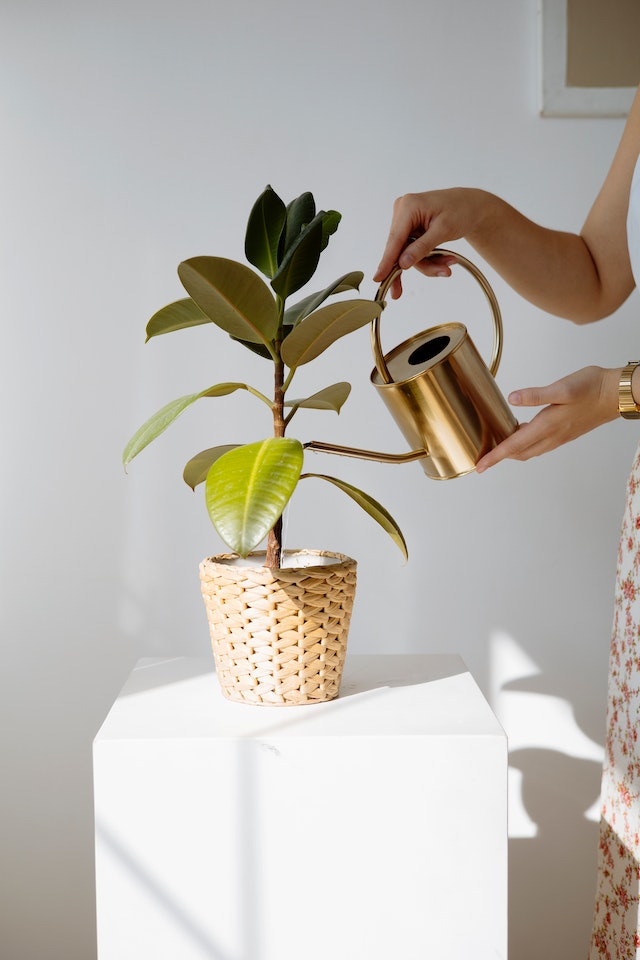


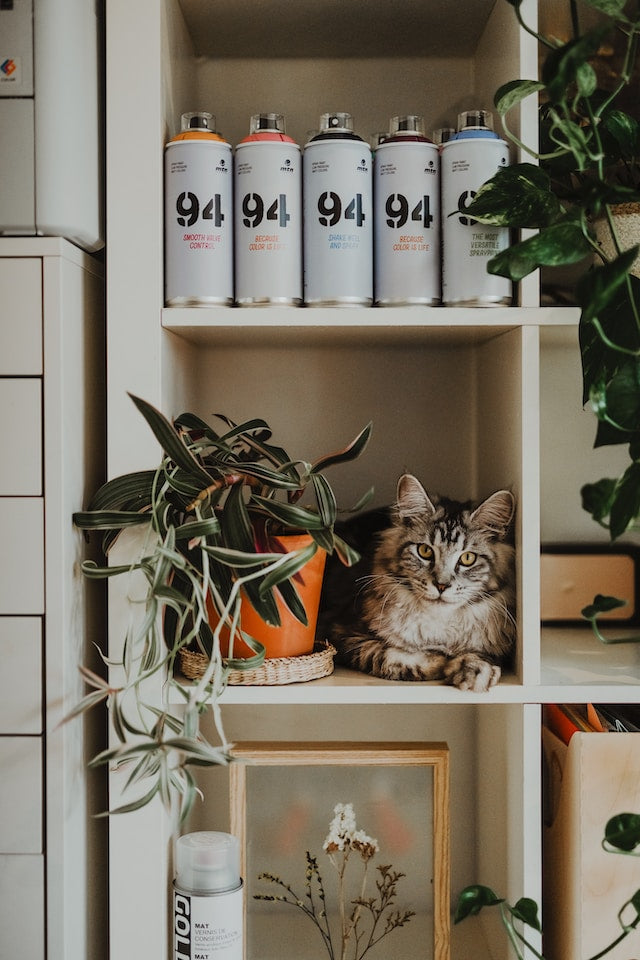

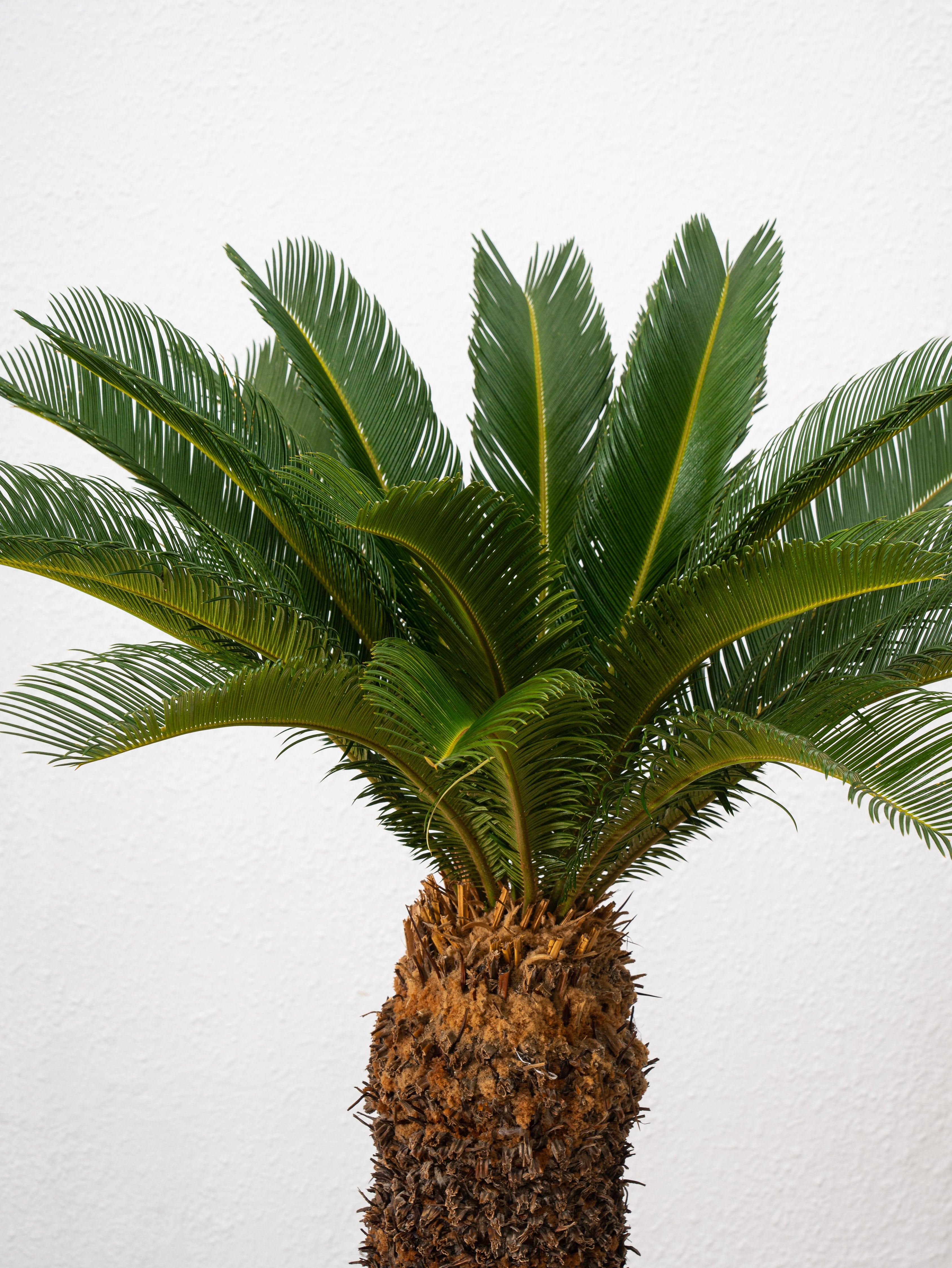
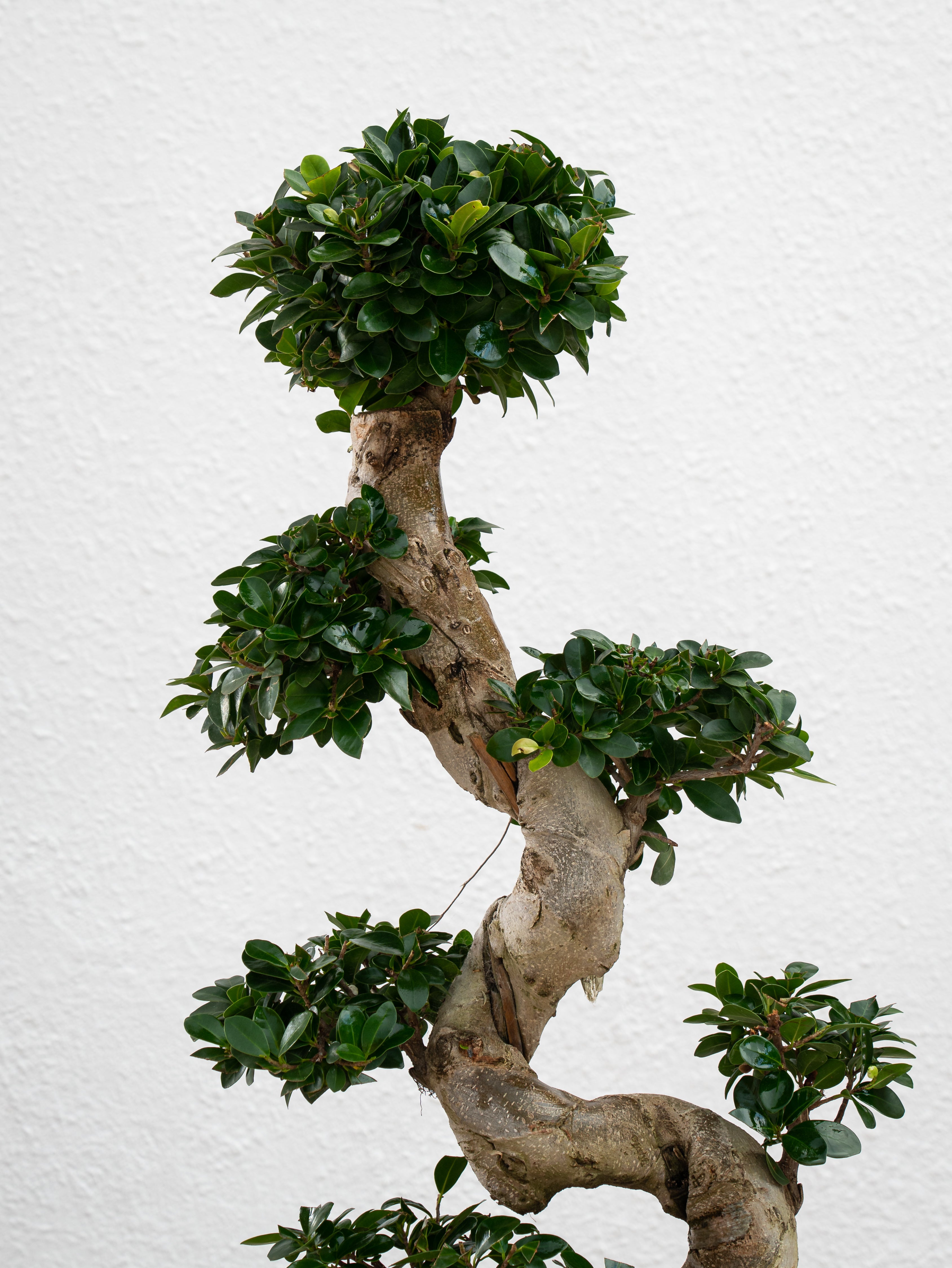
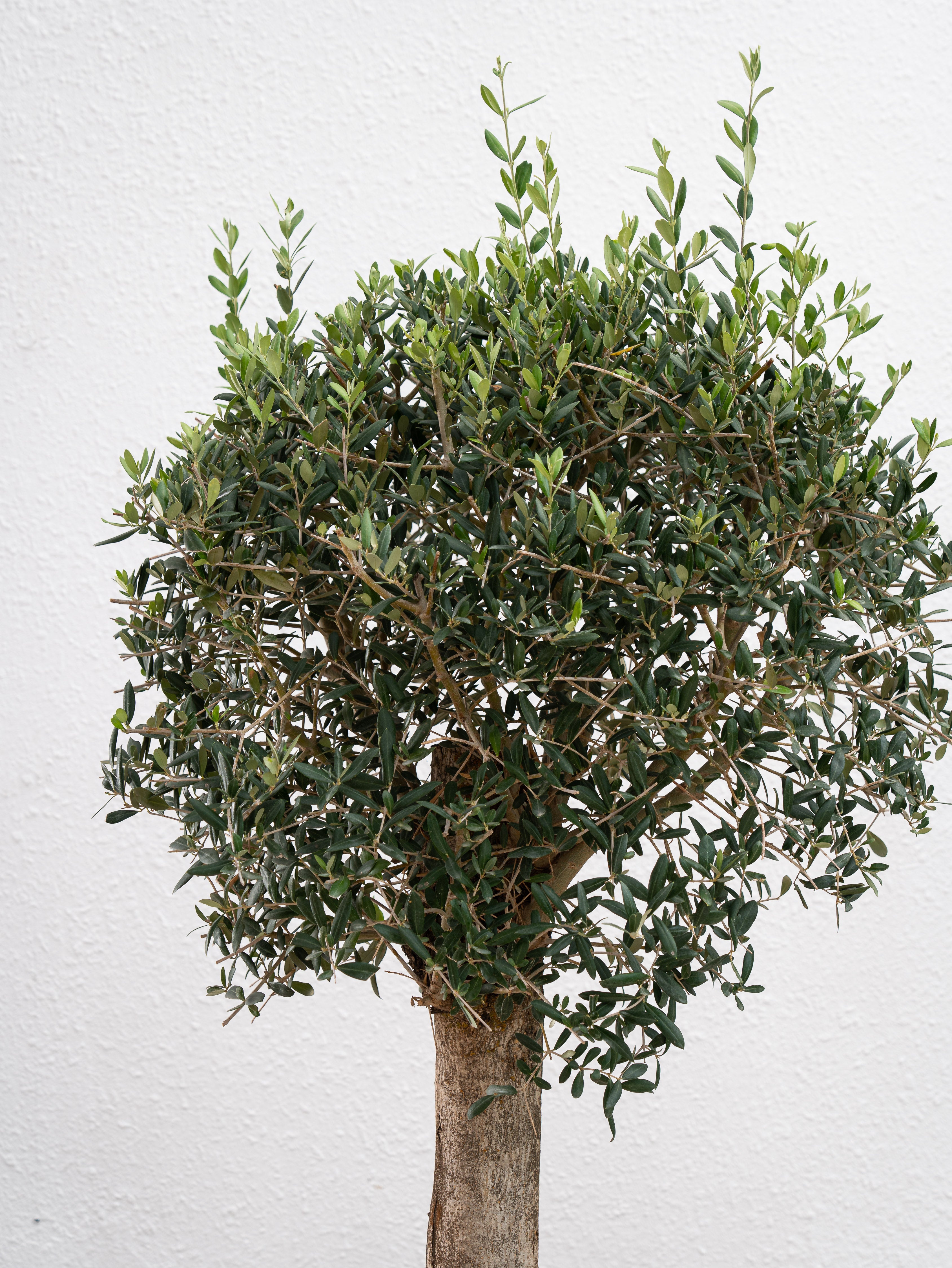
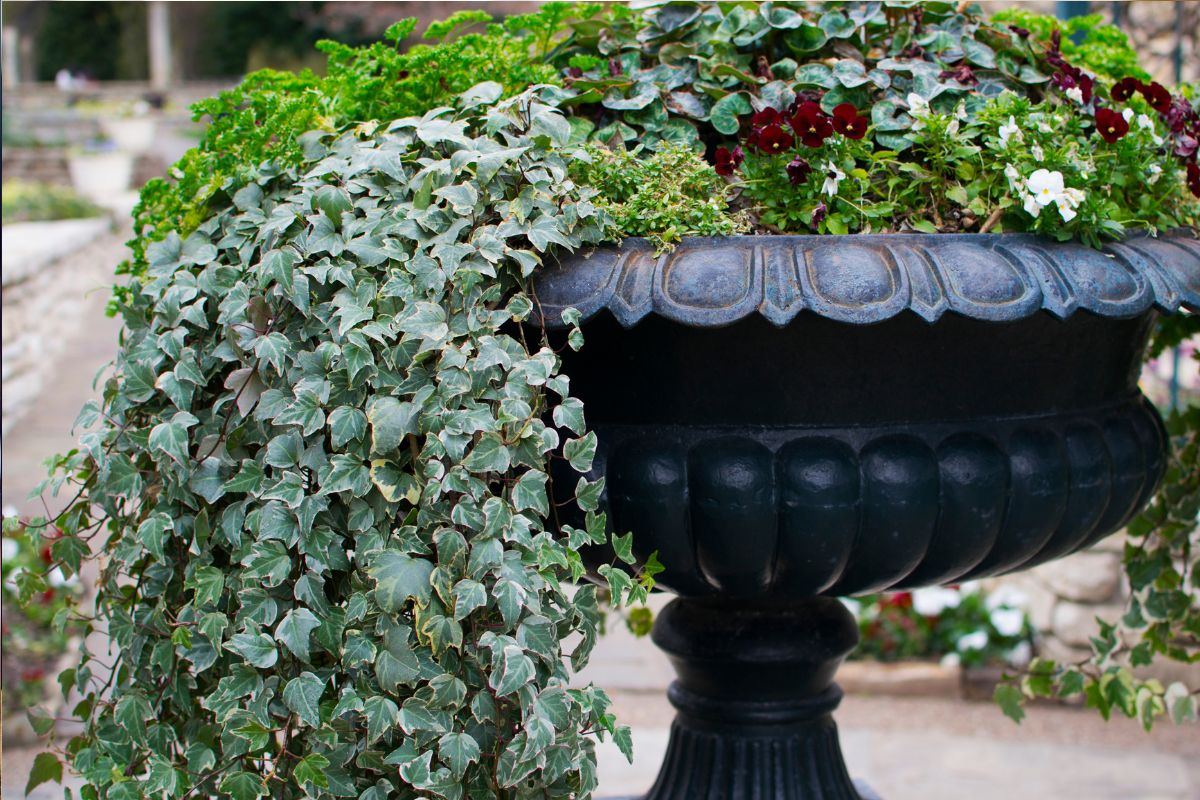
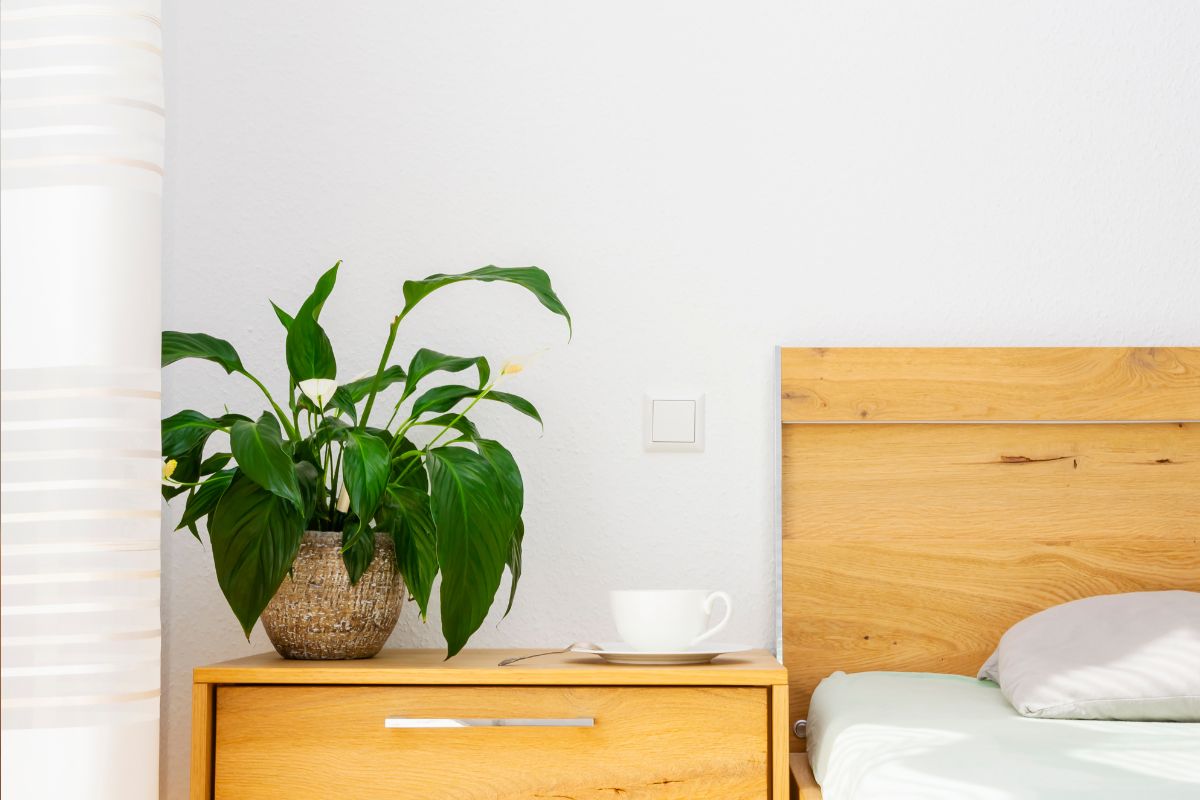

Leave a comment
This site is protected by hCaptcha and the hCaptcha Privacy Policy and Terms of Service apply.